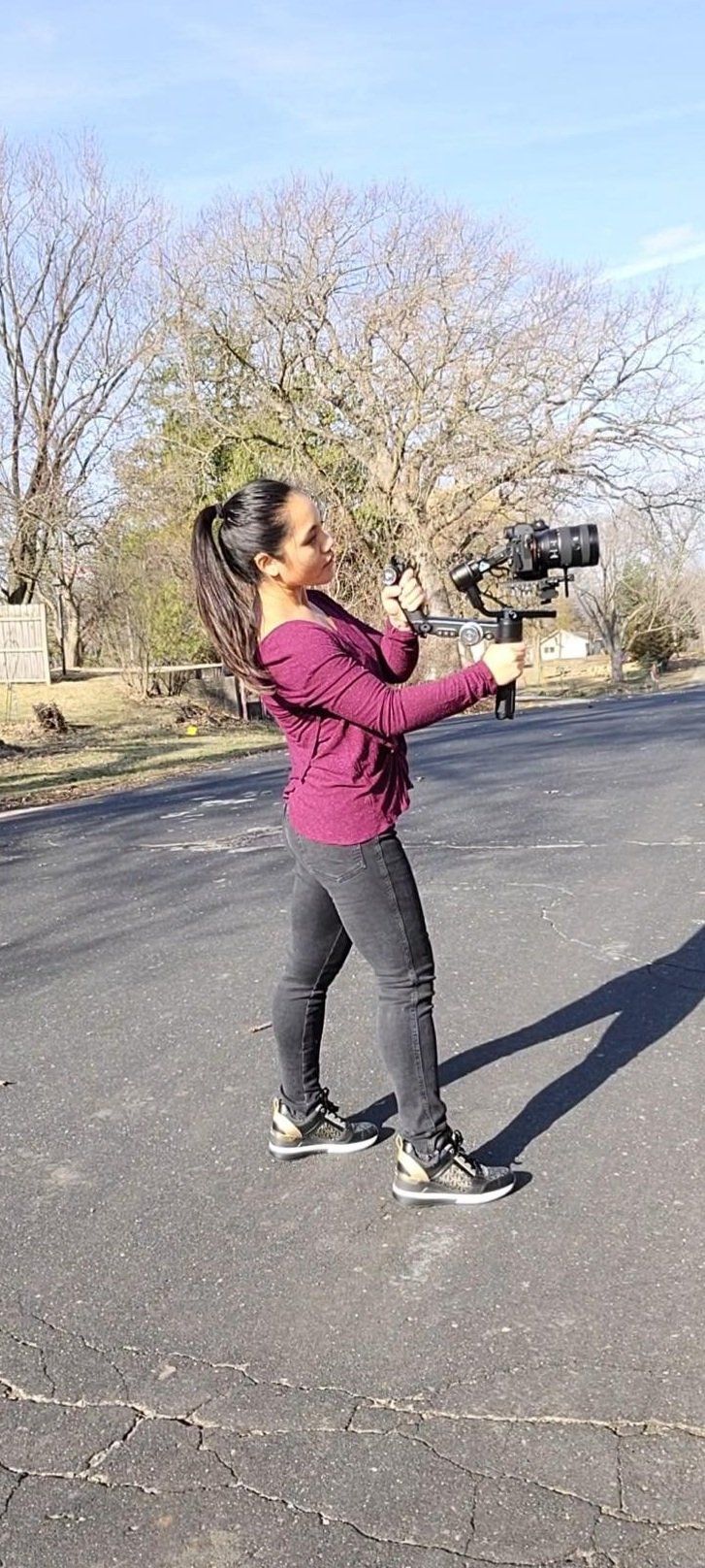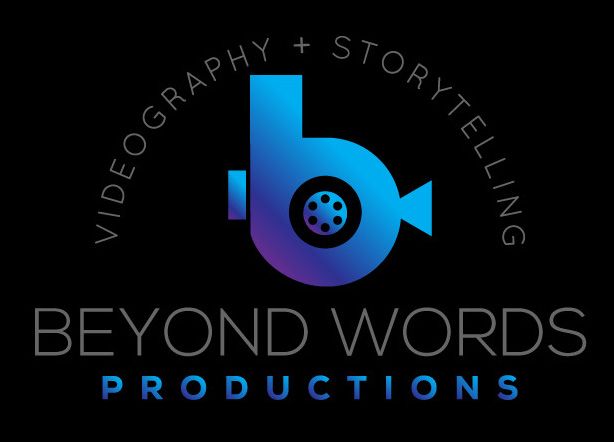By Jamie Perez
•
June 27, 2025
Mastering the art of storytelling takes years of practice. You can buy all the top-tier equipment in the world and still struggle with telling a good story. Because while the nice cameras can make a good visual, no amount of equipment in the world can produce a good soundbite. Only the person behind the camera can do that. If you are someone who has been creating videos or sharing stories and wonder why your videos just don't hit you in the feels the way you want them to, it's time to do some self-reflection and ask yourself how good the interview questions were that you came up with. Because your interviewee is a direct reflection of the interviewer . We see so many people pay thousands of dollars for incredibly cinematic video... but the message just isn't there. It fell flat and now you've just spent all this money for a video that ultimately won't work the way you wanted it to. If you are running an organization and are about to sit down for a video interview, I would want to know that the person behind the camera was a good interviewer and knew how to calm my nerves, knew how to ask the right questions to make me really think about my WHY, and could pull emotion out of me that I'm not used to sharing. We've put together several tips about how to approach an interview, from the way you enter the room, to the questions you ask when the lights and camera are rolling: If the tone of your story is raw, emotional and authentic, enter the room this way. Have conversations with your interviewees as you're setting up your gear to talk about soft, heartwarming topics. Maybe even share something vulnerable about yourself so break down that wall we tend to put up around others. Show them that it's okay to not always put your best self forward. That we are all human and life happens. This helps them not only feel comfortable with you before the camera starts recording, but allows them to open up during the actual interview. If you enter the room with a serious demeanor or frazzled because you're running late, you're bringing that energy onto the set and your interview will be reflective of that. Ask better questions if you want better answers. For example: If you ask someone if they like the sunset-- that's a yes or no answer you're going to get. But if you ask them," Tell me through the use of colors what you love about the sunset and paint a picture so I can imagine what you're seeing -- that is a prompt that encourages them to share a memory, an emotion, a sensory experience that invites a much richer soundbite. Stay away from yes or no questions. Those will not help you the editing process. Talk from the heart, not from a script. If you're sticking to a pre-planned script -- that's all you're going to get. But if you go into an interview and just have an authentic conversation driven by curiosity and natural chatter, you're more likely to get sound that you didn't even anticipate. Let the curiosity of the moment drive the conversation instead of bringing a piece of paper that has a list of questions to get through. Be curious and go off script if you MUST have one. When you are genuinely curious about someone's life and you approach it in a caring way, they want to share their story. They want to feel seen, they want to feel heard and not judged. No one likes to keep things inside. And keeping things inside is not good for us. We need connection, we need people and we need people who care. Embrace silence. This is such an important skill to master. Most of the time when we are talking to someone, we interject with "Yea" "Uh huh" "Absolutely" and so on. When you are recording an interview on camera, it's important for the interviewer to stay completely silent after they've asked their question. It's hard to edit out your interjections so you want to make sure your voice cannot be heard during their answer. A simple head nod to address that you're listening will suffice. And after your interviewee has finished their sentence, don't start talking immediately. Give it a few seconds of silence. We do this for two reasons: it helps during the editing process to have some padding to work with in case we need to dissolve or add a transition between clips, and it opens up an opportunity for the interviewee to say more... and oftentimes, that "more" can turn into a really powerful soundbite that you weren't expecting to get simply because they wanted to fill that silence. These aren't just good tips to use during interviews -- these are good tips to help you have a more rich and meaningful connection with others in real life!














